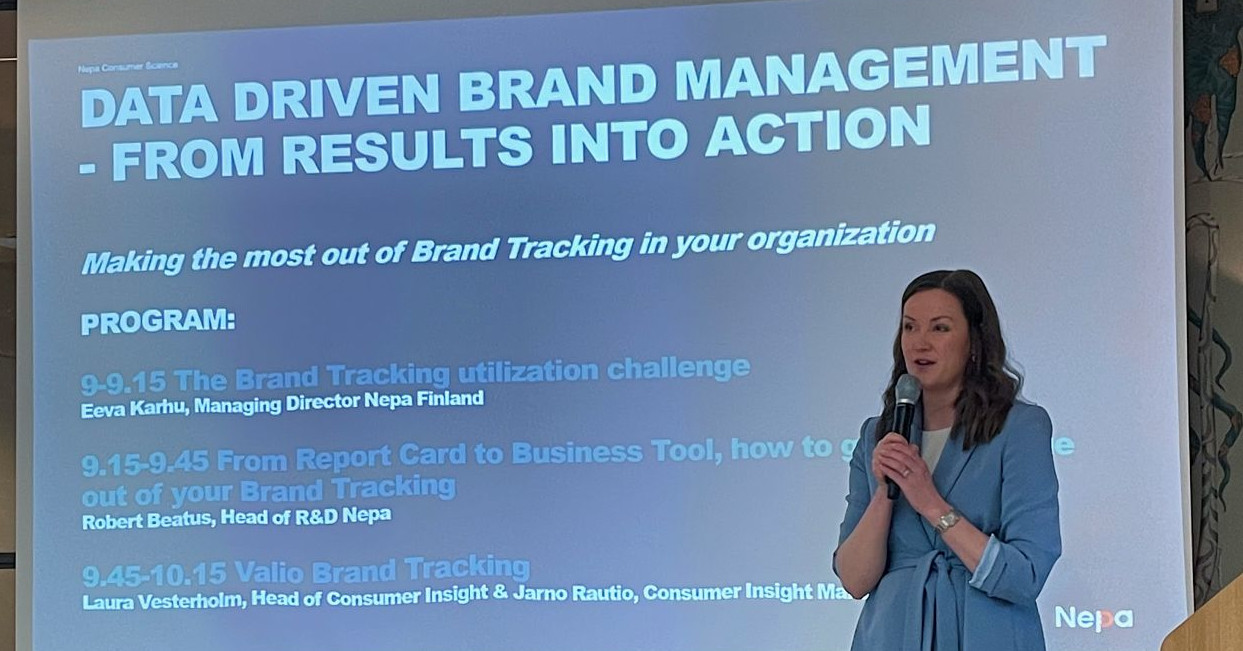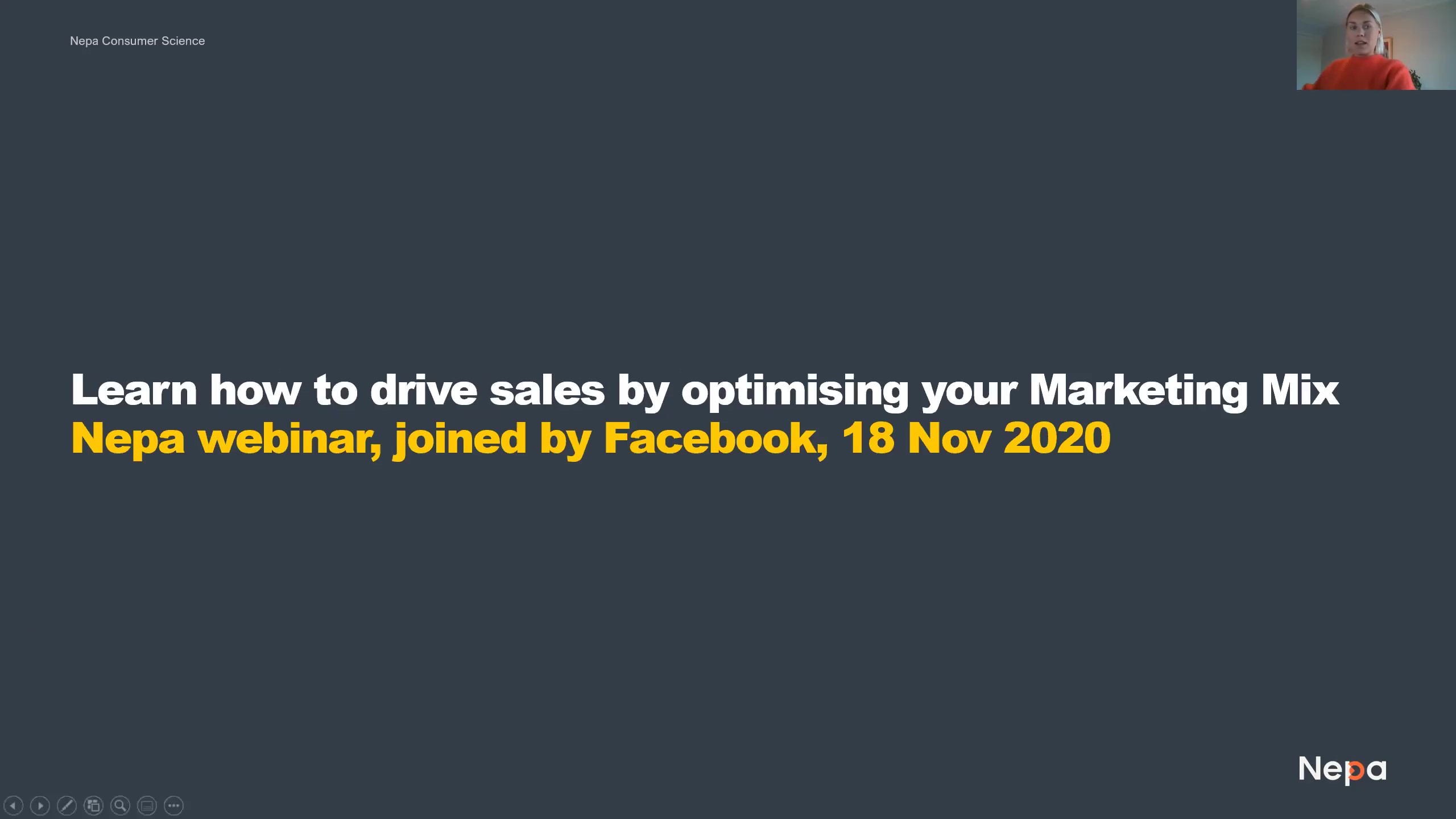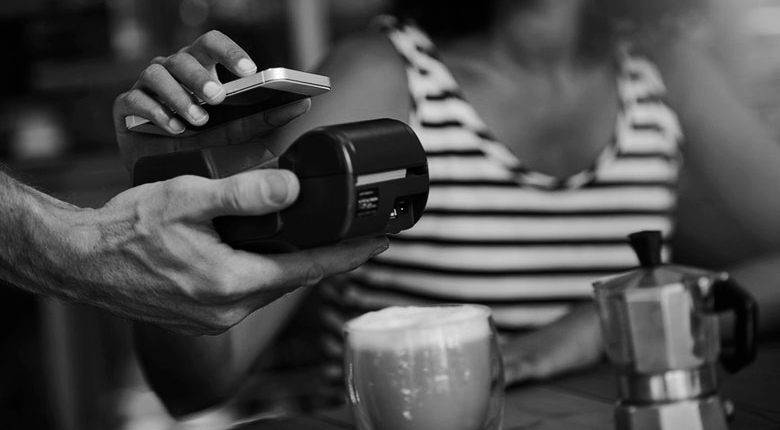Thursday 22nd June 2023
11.15 – 12.00 BST / 12.15 – 13.00 CEST / 15.45 – 16.30 IST
Superman or Lex Luthor? Good or evil? Does it matter if your brand exhibits the same personality traits as supervillains? In this webinar, Senior Analyst John Palm will take you through why being perceived the same as a so-called baddie can actually be beneficial in a highly competitive market, by helping you build a strong brand.
The webinar is based off research from our soon to be launched ‘Hero or Villain’ whitepaper. In it we take 14 famous superheroes and villains, 10 clothes brands, along with 10 car brands, and measure them using our proprietary solution Brand Touch. You’ll find out if Gucci is more Batman or the Joker, and if Tesla is more Wolverine or Magneto.











